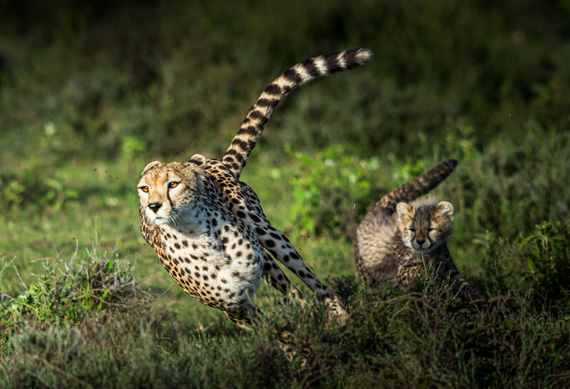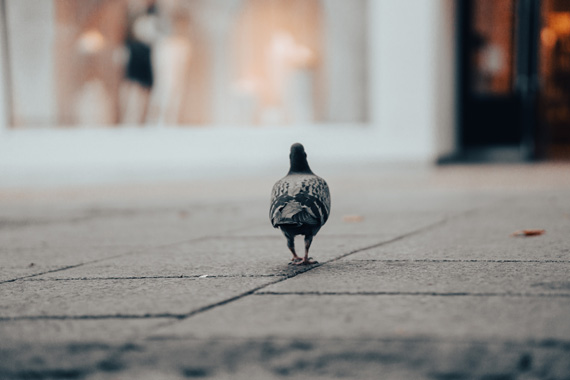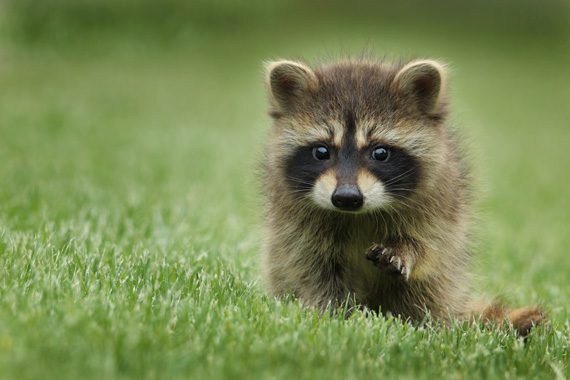To get good photographs of animals, you need to learn to be quick to set up and frame your images. Waiting until you go out into the wilderness to learn these tricks is not a good idea. It’s very useful to practice taking shots of your cats and birds in the garden or in the park. You need to predict their behavior and then react quickly to get good pictures. Here are a number of tips on how to get excellent photographs of animals in the wild.

Photo by Sammy Wong; ISO 500, f/8.0, 1/1000s, 850mm.
- Practice taking photos of moving targets. Learn to pan with the moving targets—this will let you take spectacular photos with a sense of speed.
- Have the camera handy and ready for unexpected encounters. Be sure you have charged the camera batteries fully and have plenty of memory or film.
- Before you go into a place, you can read about what kinds of animals and birds are usually found there. Learn everything you can about these birds and animals. This will help you get familiar with where to find these animals and birds.
- Learn to move and walk quietly, and try to freeze your position so that your presence is not surprising or threatening to animals.
- Learn how to be aware of everything around you with your senses. With more practice, you’ll have the opportunity to be attentive to small movements, strange sounds, or colors—smells can even tell you something about the presence of a bird or an animal, even when they are camouflaged.

Photo by Adam Rhodes; ISO 500, f/1.4, 1/1250s, 56mm.
- Hiking with an awareness of your environment improves your experience. In the wild, telephoto lenses are a necessity. This puts you a bit closer without having the animals become restless. Using a tripod is not always necessary. If you have an adequate amount of light, you can shoot a fast shutter speed to get rid of camera movement. A few telephoto lenses have vibration reduction technology, but they’re much more expensive.
- Wear clothing that helps you blend into your surroundings. Stay away from bright colors. Also wear clothing that does not make noise when you walk.
- When photographing animals and birds, be certain that the focus is more acute in their eyes.
- Take photos of small animals from a lower angle.
- The best time of the day for watching and photographing wildlife are early morning and just before dark. That is when nature is usually most active and the light is dramatic.
- Try to keep the sun behind you so that the light falls directly on the subject.

Photo by Gary Bendig; ISO 400, 1/640s, 428mm.
Making use of these tips will assist you developing your nature photography. Practice is the most important thing and do not forget to enjoy what you are doing.
About the Author:
J Arthur Davis has been a practicing professional photographer for over 48 years, and writes articles on many subjects.
Like This Article?
Don't Miss The Next One!
Join over 100,000 photographers of all experience levels who receive our free photography tips and articles to stay current:






I appreciate these tips – ready to practice on my cats!
Some excellent tips here, just at the right time of starting my next photography learning curve. Thank you :)
solid tips…. thanks…
I hope I get my shots right on your knowledge here…it’s been a little tuff on my end